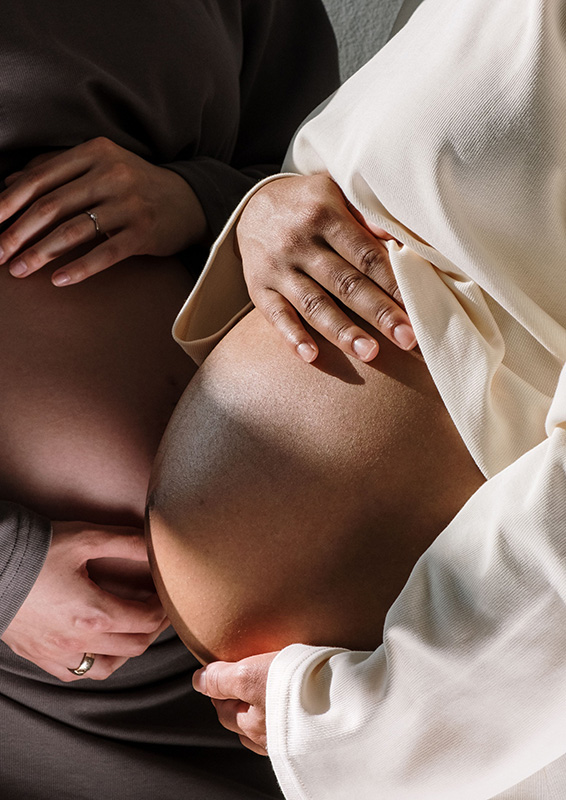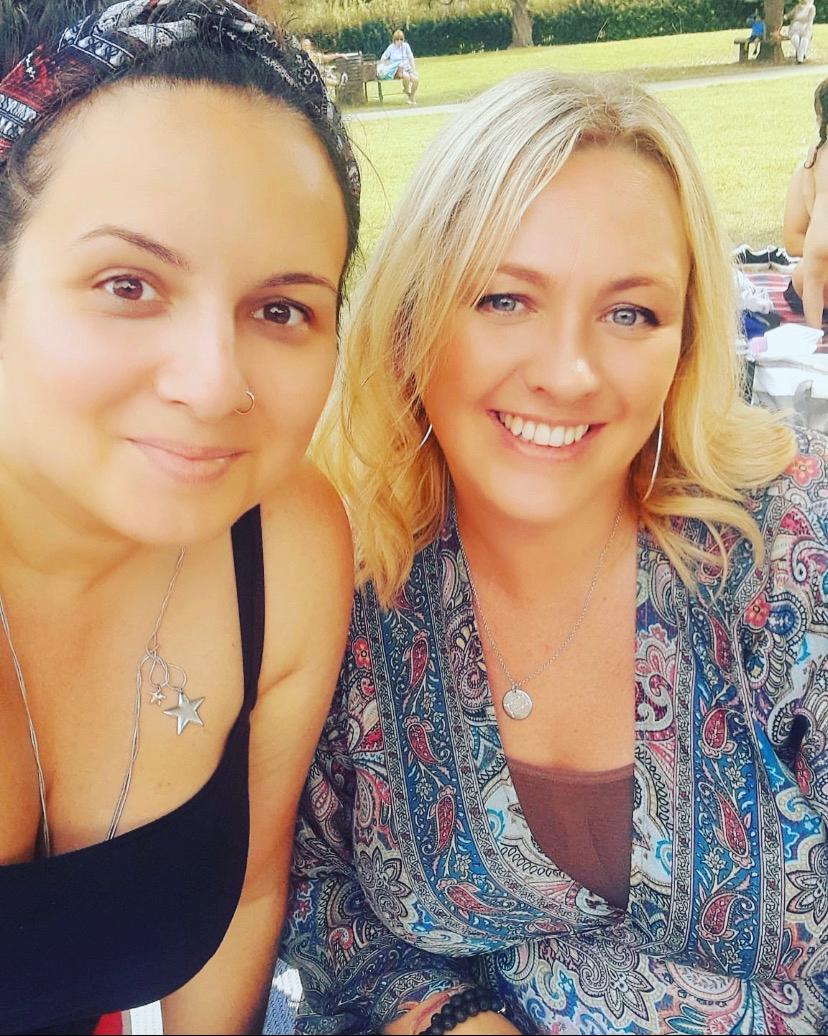Changing the world one birth at a time
Superior education for birth workers, a holistic and natural approach
Train with us to
become a birth keeper
Welcome to Artemis Academy, where we offer an in-depth and exceptional training program for individuals interested in becoming a traditional birth keeper. This is not midwifery training, rather a non clinical and holistic course which certifies you in the art of birth keeping.
What is a birth keeper?
A birth keeper is usually a person who has studied at a deeper level to have a true understanding of natural, physiological birth. While a birth keeper does not offer any clinical care they will be able to support women to make informed choices that are right for them. Birth keepers often have an awareness of many holistic modalities and alternative therapies. A birth keeper will empower women and their families to take control of their birthing journey.
They will be able to provide non biased evidence and information to assist in informed decision making. They will act as an advocate for women’s wants, wishes and desires and protect her birthing environment.



What we are about
Our Mission
For every woman to have access to holistic maternity care and support.
Reducing the incidence of birth trauma and improving the health and wellbeing of whole families.
Empowering and educating women to realise their true potential by building a worldwide community of like minded wise women. In turn raising vibrations by living from love and not fear.
What we stand for
Our Values
Elevating excellence with integrity and transparency whilst building a love centred community. Together we are working towards empowering women and creating a community of likeminded birth keepers and advocates.
A fully comprehensive course
The One-Year
Birth Attendant Course
You may have considered looking for doula courses or midwifery courses but neither align with you. It will provide you with outstanding knowledge to confidently begin your journey in attending and supporting women and families throughout their pregnancy journeys.
- Perfect alternative to midwifery
- No experience needed
- Start your own business

Why are we teaching this?
About Artemis & The Founders
You may have considered looking for doula courses or midwifery courses but neither align with you. It will provide you with outstanding knowledge to confidently begin your journey in attending and supporting women and families throughout their pregnancy journeys. Providing you with a platform to run your own business and ongoing support from our amazing community of birth workers, worldwide.

